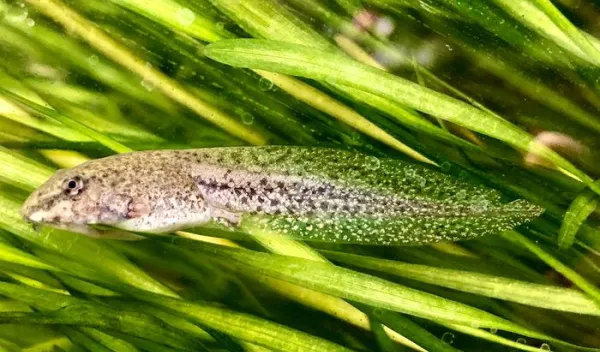
Pollutants affect biodiversity's role in the spread of wildlife diseases
Conventional wisdom among ecologists holds that the more species there are inhabiting an ecosystem, the less vulnerable any one species will be to a threat like a parasite. A new study of tadpoles at the University of Wisconsin–Madison illustrates how overlapping biological and environmental factors can complicate how we value protecting diverse animal communities. The U.S. National Science Foundation-supported results are published in the Journal of Animal Ecology.
The researchers found that environmental pollutants influence whether increased biodiversity helps or hinders disease outbreaks in wildlife, which can complicate how we value protecting diverse animal communities.
"There's an idea in the field of disease ecology that communities with more species living together, communities with higher biodiversity, are less vulnerable to diseases than less biodiverse communities," says Jessica Hua, a UW–Madison ecologist.
Ecologists believe that in a biodiverse ecosystem, vulnerability to disease is shared across many species. One species could act as a decoy, drawing the attention and energy of parasites away from more susceptible neighbors and protecting the vulnerable by reducing the growth, reproduction and spread of parasites.
"The idea that biodiversity can dampen disease outbreaks is an exciting idea because it provides a clear benefit and great reason for protecting biodiversity," says Hua. "Our research suggests that whether biodiversity protects communities from disease depends on environmental conditions. We cannot understand the role of biodiversity on disease without considering how environmental factors like pollutants change host susceptibility."
Hua studies the way pollutants — be they pesticides, other chemical contaminants or even light and noise — can upset natural ecosystems. She thought that pollution may be one important contributor shaping when biodiversity dilutes or amplifies wildlife susceptibility to disease.
"We know that a lot of environments have pollutants, and one thing polluted environments do is change patterns of disease susceptibility," says Hua.
"This work highlights the need to understand all the interacting facets of an ecosystem — environment, biodiversity, disease, and others — when making decisions about how to manage that system," says Andrea Porras-Alfaro, a program director in NSF's Division of Environmental Biology. "Research like this can be applied to conservation and land management policies, helping to protect valuable resources and environments."
